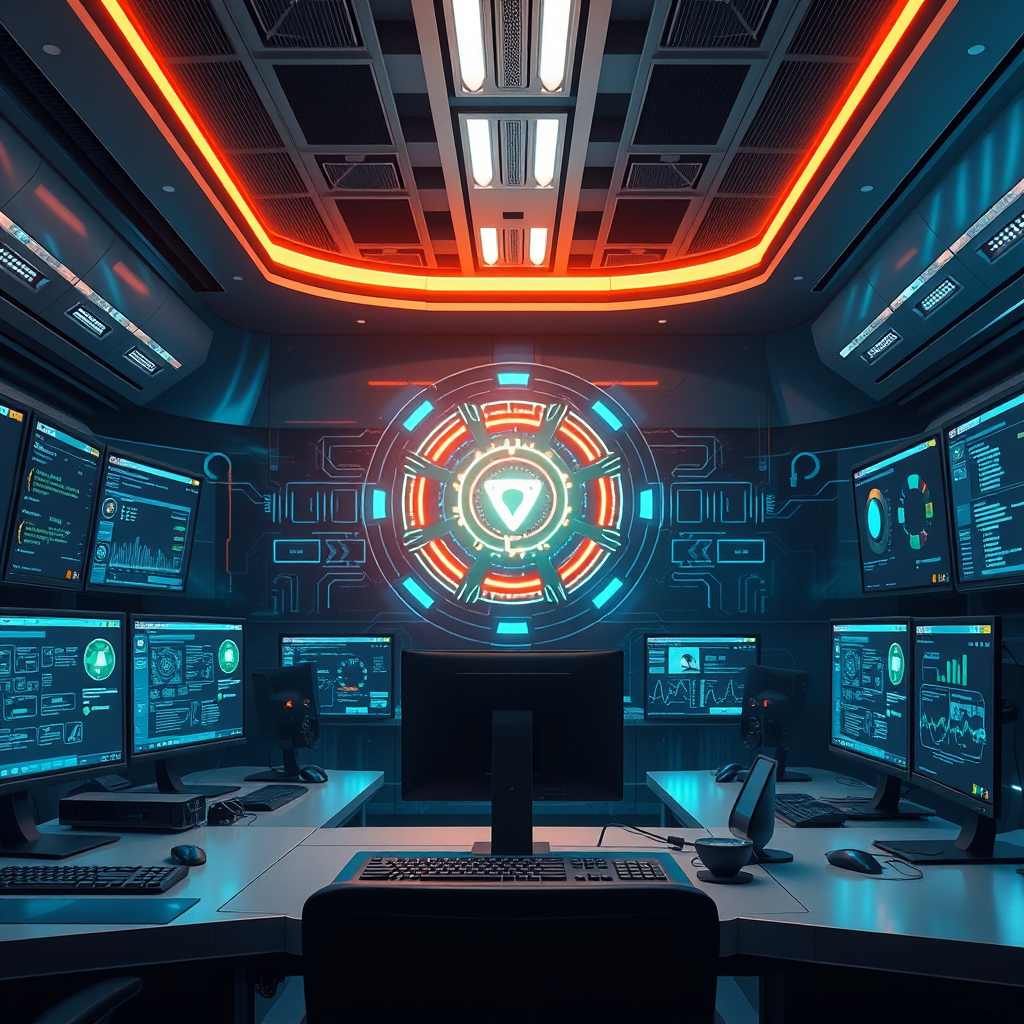
Introduction
The evolution of artificial intelligence has moved beyond the era of chatbots and automated content generators. A new paradigm, known as agentic AI, is now taking center stage. Unlike conventional AI systems that follow predetermined scripts, agentic AI is engineered to act independently, perceiving its surroundings, reasoning through complex problems, and executing actions that align with high‑level objectives while requiring minimal human oversight. This leap from simple automation to true autonomy represents a seismic shift for cybersecurity. For decades, defenders have played a reactive game, constantly building higher walls and responding to alarms. Agentic AI turns that narrative on its head by introducing the concept of an autonomous defender—a digital first responder capable of hunting threats, neutralizing attacks, and learning from its experiences—all at machine speed. The result is a new reality for security teams striving to stay ahead in an increasingly hostile digital landscape.
Main Content
The New Force Multiplier in Your Security Operations
Agentic AI is not merely another tool; it is a fundamental change in how we approach defense. By emulating human decision‑making, these intelligent agents are reshaping security operations from the ground up. The most immediate impact is the ability to tame the flood of alerts that saturate modern Security Operations Centers (SOCs). Analysts are routinely overwhelmed by thousands of notifications, most of which are false positives. An autonomous defender can filter, triage, and resolve the vast majority of these alerts in real time. For example, the University of Kansas Health System deployed an agentic AI platform that automatically filtered and resolved over 99 % of its 75,000 daily alerts, allowing human analysts to focus on the handful of genuine threats that required deeper investigation.
Proactive Defence at Machine Speed
Perhaps the most compelling advantage of agentic AI is its capacity to shift security from a reactive posture to a proactive one. Autonomous “hunter” agents continuously sweep through networks, logs, and user behavior data to uncover subtle indicators of compromise that might otherwise go unnoticed. When a threat is detected, the response is immediate. An agent can execute containment protocols in seconds—a speed no human team can match. These actions may include isolating a compromised laptop to stop ransomware from spreading, blocking malicious IP addresses at the firewall, disabling an infected user account to prevent further access, or dynamically adjusting a user’s access rights if their account shows signs of a phishing attempt. The result is a security environment that reacts to threats before they can cause significant damage.
Bridging the Cybersecurity Talent Gap
The global shortage of cybersecurity professionals has stretched teams thinner than ever before. Agentic AI acts as a force multiplier by automating routine tasks, thereby allowing fewer specialists to manage more complex environments effectively. By handling repetitive, time‑consuming work, these agents free up human colleagues to focus on high‑impact strategic decisions. The combination of autonomous defense and human expertise creates a synergistic relationship that maximizes the value of every team member.
A Double‑Edged Sword: Navigating the Risks
The power of agentic AI is undeniably transformative, but it also introduces new risks. The same capabilities that enable powerful defenders can be weaponized by adversaries. Attackers are already employing agentic AI to orchestrate hyper‑personalized phishing campaigns that adapt in real time and deploy autonomous bots to commit large‑scale identity fraud. Moreover, the agents themselves become a new class of vulnerability. An attacker could potentially trick an agent into performing harmful actions—a scenario known as agent hijacking—or corrupt its memory to make it ignore future attacks, a technique called memory poisoning. Subtle manipulation of an agent’s goals could also render it counterproductive. These threats underscore the necessity of robust governance and oversight. For agentic AI to be trustworthy, it must operate with transparency and within clear boundaries. This requires a combination of human‑in‑the‑loop architectures, where an agent seeks human approval for high‑stakes decisions, and runtime guardrails that enforce safety policies and prevent unauthorized actions.
Prepare for the Autonomous Future
Agentic AI is no longer a futuristic concept; it is actively reshaping the cybersecurity landscape today. For CISOs and security leaders, the time to act is now. The first step is to evaluate your organization’s needs by identifying the most repetitive, time‑consuming tasks that are bogging down your security team. Next, explore the market and investigate solutions from vendors such as Darktrace, CrowdStrike, and Palo Alto Networks. Start small with a pilot project in a controlled environment, measure the impact, and then scale. Finally, foster a culture of trust and verification by training your team to work alongside AI, emphasizing that human oversight and robust governance are essential.
Conclusion
The rise of agentic AI heralds a new era in cybersecurity, one in which autonomous defenders can hunt threats, reduce alert fatigue, and shift operations from reactive to proactive. While the technology offers unprecedented advantages, it also introduces new risks that demand careful governance, transparency, and human oversight. By thoughtfully integrating agentic AI into their security stacks, organizations can unlock significant efficiencies, bridge talent gaps, and strengthen their overall security posture. The future of defense is not about replacing humans but augmenting them with intelligent, autonomous partners that work tirelessly to protect critical assets.
Call to Action
If you’re ready to explore how agentic AI can transform your security operations, start by conducting a needs assessment to pinpoint the most burdensome tasks for your team. Reach out to leading vendors, schedule a demonstration, and consider a small‑scale pilot to validate the technology in your environment. Engage your analysts in training sessions that emphasize collaboration with AI, and establish clear governance frameworks to ensure transparency and safety. By taking these proactive steps, you’ll position your organization at the forefront of the autonomous defense revolution and safeguard your digital future.
